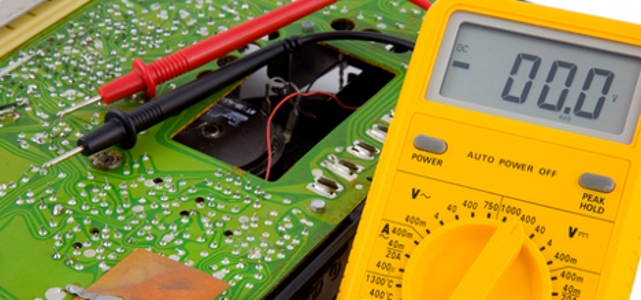
© ian poole dreamstime.com
Analysis |
Global LED lamp prices downtrend in June
The global 40W equiv. LED lamps Average Selling Price (ASP) dropped 2.7% to USD 15.6 in June 2013, according to a recent LED lamp retail survey by LEDinside, a research subsidiary of TrendForce.
Overall regional market prices continued to fall steadily, in which China’s decline was the most evident. Global ASP of 60W equiv. LED lamps dipped 1.6% in June to USD23.4.
Global 40W equiv. LED lamps ASP, China’s Price Fall Most Obvious
The global 40W equiv. LED lamp ASP dropped 2.7% to USD 15.6 in June 2013, according to LEDinside. China’s 40W equiv. LED lamp prices fell 7.9% with ASP reaching USD 10.2. Prices of existing products plunged in the country, and no new products were launched that month. In the UK prices were down 4.4% in June, existing product prices declined steadily, and few new products emerged on the market. In Germany ASP grew 1.3% mainly due to a drop in exchange rates that caused incremental price fluctuations in existing products. Japan’s 40W equiv.
LED lamp’s ASP dropped 4.2%, prices of existing products continued to decline steadily, and no new products appeared on the market. ASP in June slid 5.4% in U.S. and existing product prices continued to slip. Not many new products appeared on the U.S. market. Although, existing product prices remained stable in Korea, increased exchange rates caused prices to dip 2%. In Taiwan, ASP grew 5% as Toshiba and other manufacturers promotions of existingproducts ended in June. No new products have entered the Taiwan market.
Prices of 60W equiv. LED bulbs decline stably worldwide
Global ASP of 60W equiv. LED lamps dipped 1.6% in June to USD23.4. Prices in Japan dropped 3.3% to USD21.9 that month. Declines in exchange rates led to incremental price fluctuations in existing products, and no new products appeared on the Japanese market. Increase in exchange rates led to a 2.1% product price dip in Korea, but prices of existing products remained the same. In addition, ASP in the U.K. and Germany fell 3.7% and 4.2% respectively, and existing product prices in both countries continued to drop.
ASP in the U.S.dipped 0.9%, and prices of most products continued to decline steadily, with fewer new products entering the market. In China and Taiwan, 60W equiv. LED bulb products downed 2.1% and 0.5% respectively due to growing exchange rates. Existing product prices in the two markets either remained stable or dipped slightly.
Top Brands Low Price Strategies GraduallyForms Benign Cycle
LEDinside observed, although termination of promotions has allowed some product prices to rebound in June, prices in most areas are either stable or falling. In China, local brands SunSun Lighting and BYD have lowered prices, while Ledia Lighting, a company of HONGLITRONIC, has opened its online shop in June to promote low-priced LED bulbs. Following Toshiba’s footsteps of entering Taiwan’s low-end market, Philips announced the launch of a new low-priced bulb series in July, which is priced 20% lower than last year’s products.
As the market gradually warms up and consumer awareness increases, top brands are quickening product and pricing strategies to shorten its price difference with local brands, said LEDinside. In turn, the brands low price strategies are strong propellers for market penetration and production capacity, and will drive up competition among local brands. Eventually, a benign cycle is formed to bring forth real price/performance ratio, while offering an exit from malevolent LED lighting market price wars that often sacrifices product quality to lower costs.



